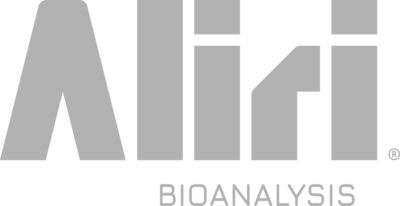Precision Bioanalysis for the Development of Dermal Therapies
In this application note, we outline next-generation spatial bioanalysis and spatial omics approaches for detecting and quantifying drug substance within dermal tissue, including human skin, reconstructed skin, nails, tape strips, and hair.
Download the application note to learn more.
Ophthalmic Support
Aliri has extensive experience supporting the precision bioanalysis of ophthalmic therapies including:
- Method demonstration, development, optimization, fit-for-purpose & GLP validation, and regulatory sample analysis
of ocular tissue and supporting matrices - Challenging large and small molecule ophthalmic drugs, including, prostaglandin analogs, peptides,
hormones, polysaccharides, allergen biomarkers, siRNA, oligonucleotidesWhole-eye spatial imaging using Quantitative
Mass Spectrometry Imaging (QMSI) to visually understand how your molecule performs in the microenvironment.
Download the fact sheet to learn more.
Bioanalysis and Spatial Imaging of Dermal Tissue
In this application note, we dive into the different bioanalytical and spatial imaging methods for detecting and quantifying drug substance within dermal tissue, including human skin, reconstructed skin, nails, tape strips, and hair.
Explore our advanced platforms and their applications:
- MALDI Imaging
- QMSI Evaluation of Human Toenail Clippings
- LC-MS/MS
- Penetration Profiling & Penetration Pathway
- Target Exposure
- Hyaluronic Acid by QMSI
- Elemental Imaging by QMSI
- Multiplex in situ profiling
- Platforms Combinations
Download our poster to learn more.
Keeping an eye on molecular imaging: drug efficacy & toxicity in ophthalmology
Discover how Mass Spectrometry Imaging (MSI) is revolutionizing preclinical studies by offering quick and accurate assessments of ocular treatments’ efficacy and safety.
With MSI, track the bio-distribution of drugs and metabolites while pinpointing biomarkers for efficacy or toxicity. Gain valuable insights into ocular drug distribution and biomarker modulation with Aliri’s advanced MSI technology.
Download our application note to dive deeper into our MSI technology and its applications in ocular diseases.
Investigation of immune-checkpoints for personalized therapy selection
Monoclonal antibody-based therapy targeting PD1 blockage has brought a transformative shift in the immunotherapeutic strategy against solid tumors. However, the limited effectiveness of this treatment stems from the absence of precise methodologies, such as immunohistochemistry, for identifying patients who could potentially respond well to immune checkpoint inhibitor therapy.
Because a single biomarker is not accurate enough to predict the interaction of the drug at the site of action, we developed a strategy to investigate the complexity of the tumor microenvironment, while also guiding patients towards combination therapy. Using multiplexed high throughput analysis, we have been able to investigate pathways of immune modulation at the molecular level to drug response and resistance.
Download our application note to learn more:
Sequential pathogenic events in Type I Diabetes
Type 1 diabetes (T1D) arises due to the autoimmune degradation of insulin producing β cells. In order to cure or halt this disease, understanding how cell types, cell states, and cell-cell interactions evolve during T1D development is essential.
Utilizing our proprietary imaging analysis tools, we were able to segment cells to identify cell populations for spatial analysis and further classification in diabetes with precision. Our deep data analysis workflows and advanced imagine techniques introduce new opportunities to investigate the pathology of T1D within the pancreas.
Download our application note to learn more:
Spatially-resolved tumor gene expression analysis
As cancer advances, tumor cells come into contact with new cell types within the microenvironment, but it is still unclear how the tumor cells adapt to new environments. Spatial transcriptomics is a powerful approach to uncover mechanisms that allow tumors to invade the microenvironment and help discover biomarkers for potential therapeutic targets.
In this application note, we outline how we fine-tuned and merged spatial transcriptomics with laser microdissection (LMD) to identify distinct patterns in genes in tumor cells throughout the stages of cancer progression.
Download our application note to learn more:
Intra-tumoral metabolic plasticity
Just as genetic diversity varies, the metabolic characteristics of cancer exhibit significant heterogeneity due to varied signals within the tumor microenvironment. Hence, addressing metabolic adaptability is crucial when developing cancer immunotherapy strategies.
Utilizing our proprietary Mass Spectrometry Imaging and GeoMx platforms, we were able to evaluate the interactions between metabolic pathways and functions of immune cells to assist in the development of new cancer metabolism drugs. A combined workflow of Quantitative Mass Spectrometry Imaging (QMSI) and GeoMx allows for a better understanding of both direct and indirect modulation of anti-tumor immunity through a better understanding of the tumor immune cell interface.
Download our application note to learn more:
Immuno-oncology, T cell metabolic adaptation
The tumor micro-environment is marked by a consistent decline in oxygen levels and nutrients carried by the bloodstream, which significantly impacts the metabolism of specific groups of cells. To overcome tumor-prolonged nutrient deprivation, immune cells populating malignant lesions need to activate alternative pathways.
Tailoring immune responses by manipulating cellular metabolic pathways provide new options for cancer immunotherapy. Our team conducted a Quantitative Mass Spectrometry Imaging (QMSI) data exploration study on stage II colorectal cancer tissues to reveal the role of metabolic signatures in anti-tumor immunity. Based on metabolic clusters found within the TME, predictive metabolic signatures can be identified that infiltrate levels of immune cells, which can be a powerful tool for predicting immunotherapy responses.
Download our application note to learn more:

